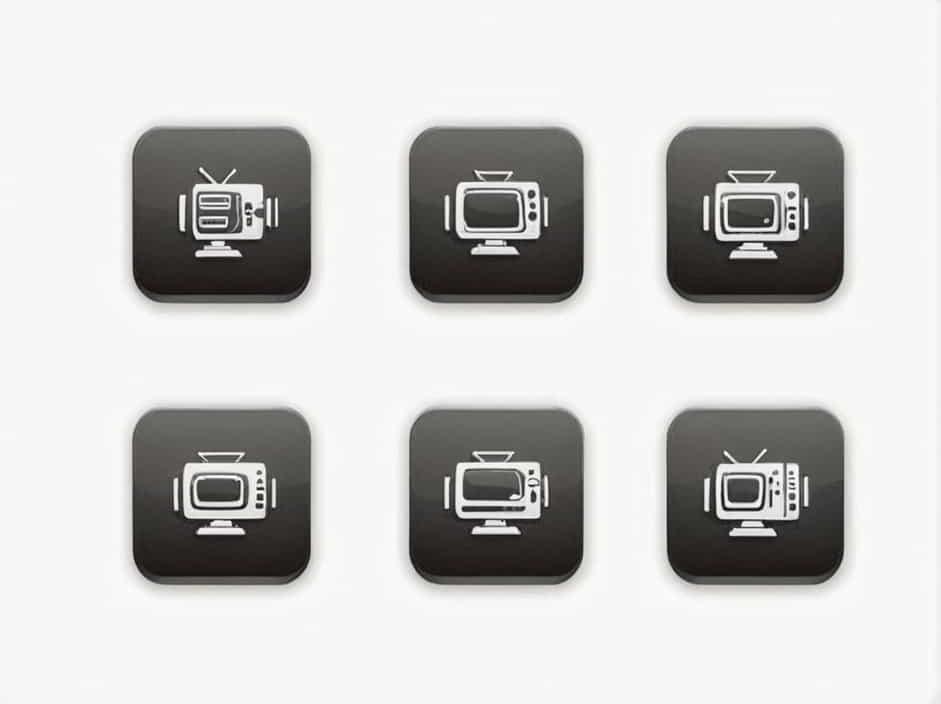Television broadcasting is a powerful medium that combines visual storytelling, motion graphics, and real-time reporting to inform and entertain audiences worldwide. The success of a TV broadcast depends not only on its content and delivery but also on its visual elements, which enhance clarity, engagement, and professionalism.
From camera angles and lighting to graphics and on-screen text, every visual component plays a crucial role in shaping the viewer’s experience. This topic explores the key visual elements of a TV broadcast, their functions, and how they contribute to effective communication.
1. Camera Work: Framing the Story
Camera Angles and Shots
The way a subject is framed on-screen significantly impacts how the audience perceives the message. Some commonly used shots in TV broadcasts include:
- Wide Shot (WS): Establishes the setting and context of a scene.
- Medium Shot (MS): Focuses on the subject while still showing some background.
- Close-Up (CU): Captures facial expressions and emotions.
- Over-the-Shoulder Shot (OTS): Often used in interviews or news discussions.
- Tracking Shot: Follows a moving subject, commonly seen in live sports or field reporting.
Camera Movements
Movement can add dynamism to a broadcast:
- Panning (side-to-side movement) is used to follow a subject or show a larger scene.
- Tilting (up and down movement) directs the viewer’s attention vertically.
- Zooming emphasizes details by moving in on a subject.
2. Lighting: Enhancing Visibility and Mood
Studio Lighting
Proper lighting ensures that subjects are clearly visible and that the overall presentation looks professional. Key lighting techniques include:
- Three-Point Lighting: A standard setup using key light, fill light, and backlight to create depth and reduce shadows.
- Soft Lighting: Provides a natural and flattering look, often used for interviews.
- High-Contrast Lighting: Used in dramatic storytelling or investigative reports for added intensity.
Field Lighting
For outdoor or on-location broadcasts, natural lighting plays a crucial role. Reporters often use:
- Reflectors to control sunlight and reduce harsh shadows.
- Portable LED lights to ensure consistency in dim or unpredictable environments.
3. On-Screen Graphics: Providing Context
Graphics are essential for enhancing clarity and engaging the audience. They provide additional information, statistics, and branding elements to support the broadcast.
Lower Thirds (Chyrons)
These graphics appear in the lower third of the screen, displaying information like:
- Reporter or guest names and titles.
- Breaking news updates.
- Live event details.
News Tickers
A scrolling text bar at the bottom of the screen that delivers:
- Headlines from different topics.
- Stock market updates.
- Emergency alerts.
Charts and Infographics
For business, weather, or sports reports, charts, graphs, and statistics help illustrate complex data in a visually digestible format.
4. Background and Set Design
Studio Backgrounds
The background of a TV studio sets the tone for the broadcast. Options include:
- Virtual backgrounds created with green screens for customizable environments.
- Physical studio sets designed with branded elements for a professional look.
- Live newsroom backdrops that create an authentic and dynamic atmosphere.
On-Location Settings
For field reports, backgrounds can vary from city streets and disaster sites to political rallies and sporting events. The right location enhances the credibility and impact of the report.
5. Color and Branding
Color Psychology
The choice of colors in a broadcast influences audience perception. Examples include:
- Blue: Trust and professionalism (often used in news broadcasts).
- Red: Urgency and excitement (seen in breaking news alerts).
- Green: Neutral and calm tones (used in weather or environmental segments).
Consistent Branding
News networks and TV programs maintain consistent branding through:
- Color schemes matching their logo.
- Unique font styles and graphics.
- Branded animations and transitions.
6. Motion Graphics and Transitions
Opening Titles and Intros
TV shows and news segments start with animated intros that set the mood and establish branding.
Transitions
To smoothly switch between segments, TV broadcasts use:
- Fades: Gentle transitions between scenes.
- Cuts: Instant transitions for fast-paced coverage.
- Wipes and Swipes: Stylish movement-based transitions.
7. Multiscreen and Picture-in-Picture (PIP) Features
Multiscreen elements allow multiple visuals to be shown at once, such as:
- Side-by-side interviews.
- Live reactions from different locations.
- Multiple camera angles in sports coverage.
8. Special Effects in Live Broadcasting
Live TV sometimes incorporates augmented reality (AR) and special effects to:
- Enhance sports analysis with virtual player highlights.
- Show 3D weather models.
- Create interactive election results maps.
9. Subtitles and Closed Captions
Captions improve accessibility and help viewers understand content, especially in:
- Noisy environments where sound isn’t clear.
- Foreign-language broadcasts.
- Content for the hearing-impaired.
10. Live Video Feeds and Overlays
Many broadcasts integrate live video feeds from:
- Field reporters or correspondents.
- Social media streams.
- Surveillance or satellite footage.
Overlays, such as time stamps, weather indicators, and network logos, provide additional context without overwhelming the screen.
The visual elements of a TV broadcast are carefully designed to enhance storytelling, improve engagement, and maintain professionalism. From camera work and lighting to graphics, colors, and motion effects, each component plays a vital role in delivering clear and compelling content.
As technology advances, TV broadcasts continue to evolve, incorporating augmented reality, multiscreen features, and AI-driven graphics to keep viewers informed and entertained. Understanding these elements helps both professionals and audiences appreciate the art and science behind television production.
